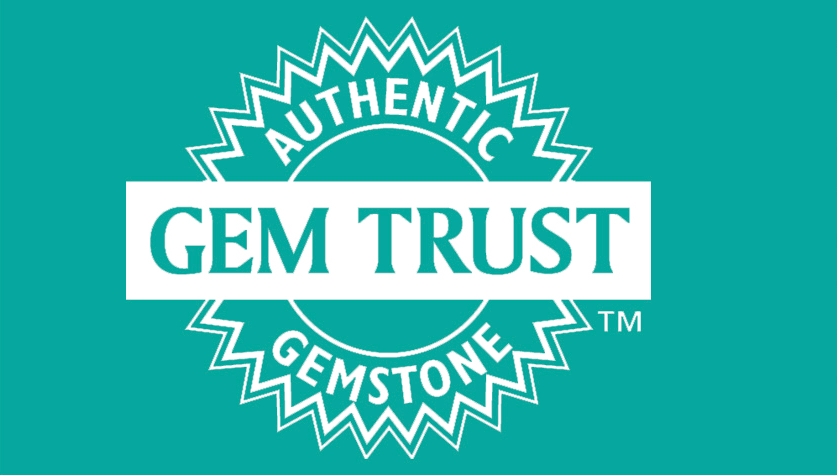The pearl oysters are checked on a regular basis to determine just when to harvest. Water temperature also help decide the optimal harvest date. Harvesting at just the right time means the pearls will display their maximum natural luster. When the pearls are harvested, they go directly into a bath of fresh water, soaked in mineral oil for six hours, then dried. Then the oysters themselves are used in a dish for the team during harvest and shells of those oysters are used to back their famous Mabe pearls. This helps to produce sustainably without waste.
What kinds of sizes, shapes and cutting styles can be found?
Cortez Pearls® can be found in 3 different shapes: Semi-round, baroque and mabes. Mabes can range in size and surface texture, some defined as ‘blister’ mabes. Semi-round and baroque shaped Cortez Pearls® are commonly found in 8 to 10.5mm sizes but some rare Cortez Pearls® are as large as 12mm!
Is this material typically enhanced in any way?
These special cultured pearls are never treated in any way. Once harvested, these pearls are simply dropped into a bath of fresh water to clean away any residue left from the harvesting process.
Are there any unique characteristics you can share about this material?
Since these pearls are not treated, there are a unique set of characteristics that we look at while grading them. These include size, shape, luster, surface texture and color. Each Cortez Pearl® is truly a one-of-a-kind piece, which means you will find a wide variety of individuality. You may find what we refer to as ‘GEM’ quality luster, which we define as exceptional in sheen, color complexity and depth of luminosity. Or you may find what we refer to as AA quality luster, which is a significant or noticeable sheen with a moderately complex color range and luminosity. When looking at surface textures, we evaluate how smooth, bumpy, ringed or pitted each pearl is.
Then there’s color. Color is really the magnificent part of these pearls. From peacock colors to blacks, bronzes, greens, blues, pink-reds, whites and silvers – there is no wonder why the oysters these pearls come from are referred to as the ‘rainbow-lipped oyster.’ When grading, color is evaluated by identifying the primary, secondary and tertiary colors because often times there will be multiple colors visible at a time.





















